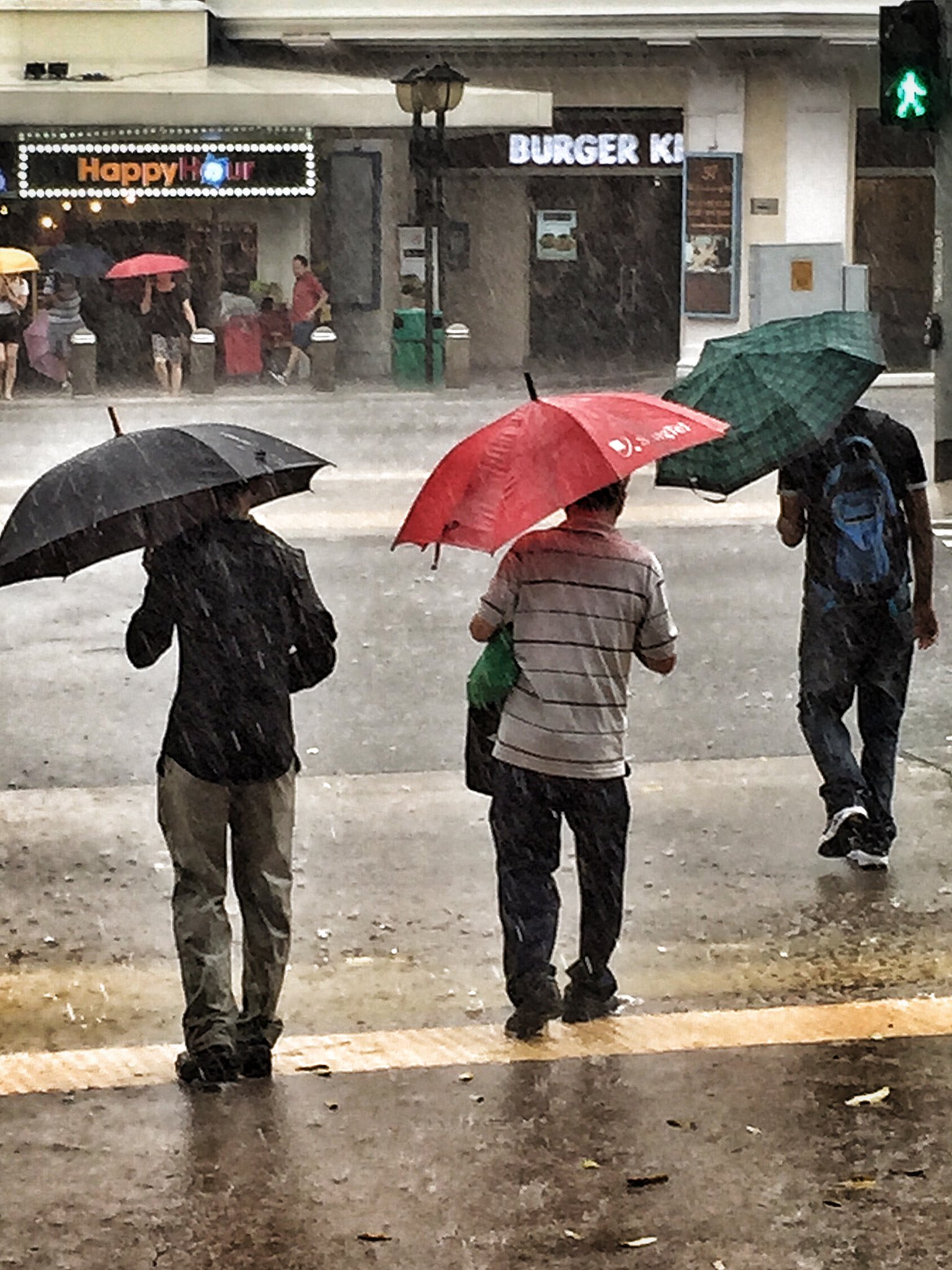La Nina Causes Thunderstorms & Possible Flooding For The Next Few Months
After a hot, dry spell in early June, the past few days have seen occasional rain and thunderstorms. Unfortunately, the trend is not likely to stop anytime soon.
The Meteorological Service Singapore (MSS) said earlier this year that weather phenomena such as La Nina might cause such weather to persist over the next few months.

Source: Faisal Aljunied on Flickr
However, we have something to look forward to, as temperatures will also remain cool for at least a few months.
La Nina may cause thunderstorms & flooding
According to The Straits Times (ST), more rainfall will occur over the next few months.
Local weather services have announced that the thunderstorms are due to two phenomena, from the Pacific and the Indian Ocean respectively.
La Nina is a phenomenon from the Pacific happening every two to seven years, where large-scale cooling of surface temperatures in the central and eastern parts of the Pacific Ocean occurs.
This affects global temperatures, often triggering above-average rainfall and flooding in Southeast Asia.

Source: floodlist
In addition, La Nina may not stop anytime soon. Earlier in June, ST reported that the United Nations (UN) had said La Nina may carry on for months, possibly into 2023.
The current La Nina phenomenon started in 2020 and has since continued uninterrupted.
La Nina contributed to heavy rainfall across Singapore in 2021 as well, the MSS said. It was the second highest rainfall ever seen after 2007, also a La Nina year.
Second weather phenomenon also potentially affects weather
There is a second weather phenomenon that may also increase rainfall — the Indian Ocean Dipole (IOD).

Source: andrew chew cc on Flickr
The IOD occasionally enters a negative phase that intensifies winds along the equator towards Southeast Asia and Australia. This leads to warm waters around the region and, consequently, more energy and moisture to form rain clouds.
A spokesman for MSS told ST that a negative IOD might develop from June to August this year. Together with La Nina, IOD will lead to higher-than-average rainfall for these three months.
However, MSS also predicted that La Nina might weaken during the same period. There is uncertainty as to whether La Nina’s weakening will persist or if the weather will return to El Nino. El Nino events usually bring warmer temperatures to the region.
Cooling down of temperatures due to La Nina
ST states that La Nina usually has a cooling impact on the region it affects. Despite this, Singapore suffered long periods of sweltering heat earlier this year.
Therefore, the resultant increase in La Nina’s rainfall is more evident than its effect on Singapore’s temperature.
Don’t lose heart just yet, though — MSS has pointed out that the wet weather for the rest of June might help lower temperatures and humidity.
“On most days, the daily temperature is forecast to range between 24°C and 33°C. There could still be a few warm days with daily highs exceeding 34°C,” it said.
Cosy up during these rainy days
It’s not unusual to see the onset of the monsoon season in June since wet weather typically hits our island during this period.
After the sweltering heat of the past few months, though, these rainy days are probably a welcome respite from the stifling heat.
This is the perfect time to stay in and catch up on a novel or two while curling up beneath a blanket. If you plan to head out, don’t forget your poncho to avoid getting drenched in the rain.
Have news you must share? Get in touch with us via email at news@mustsharenews.com.
Featured image adapted from asaresult on Flickr.








